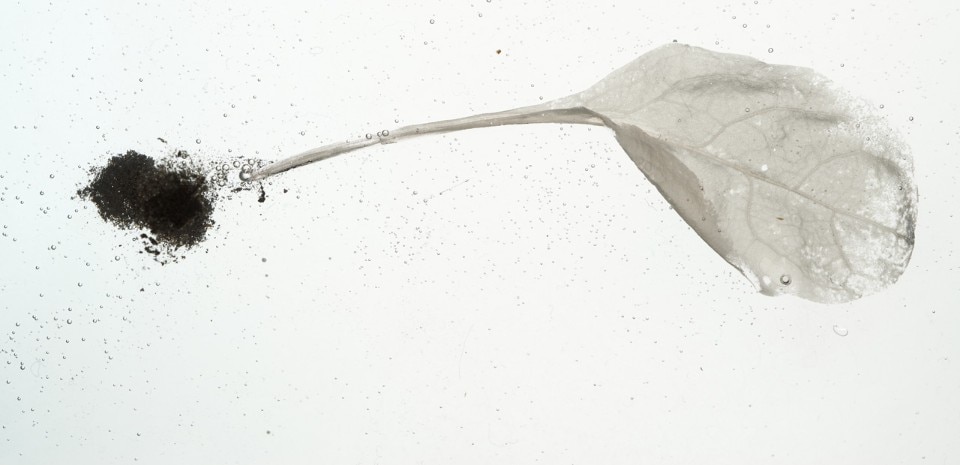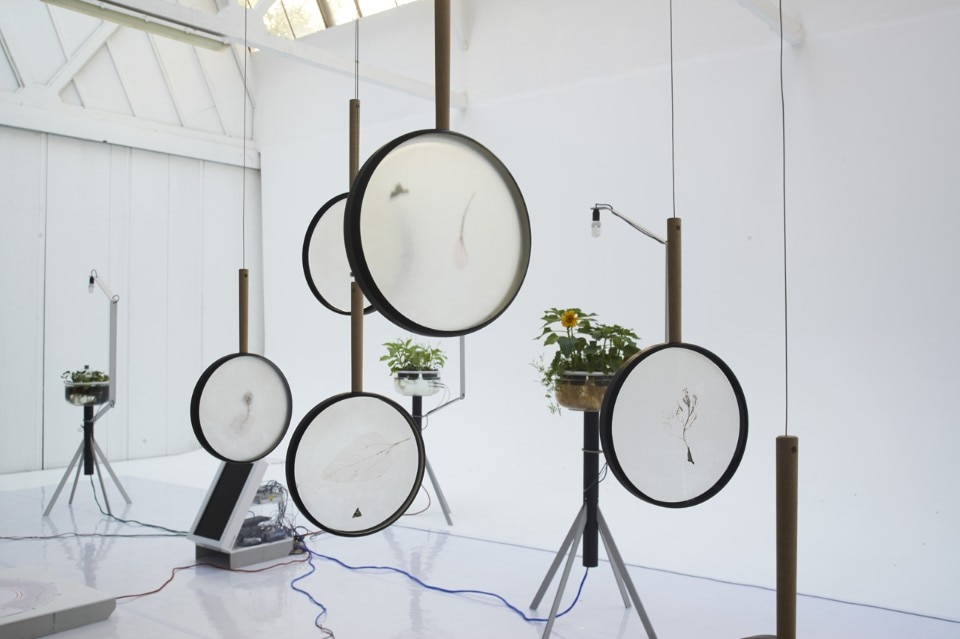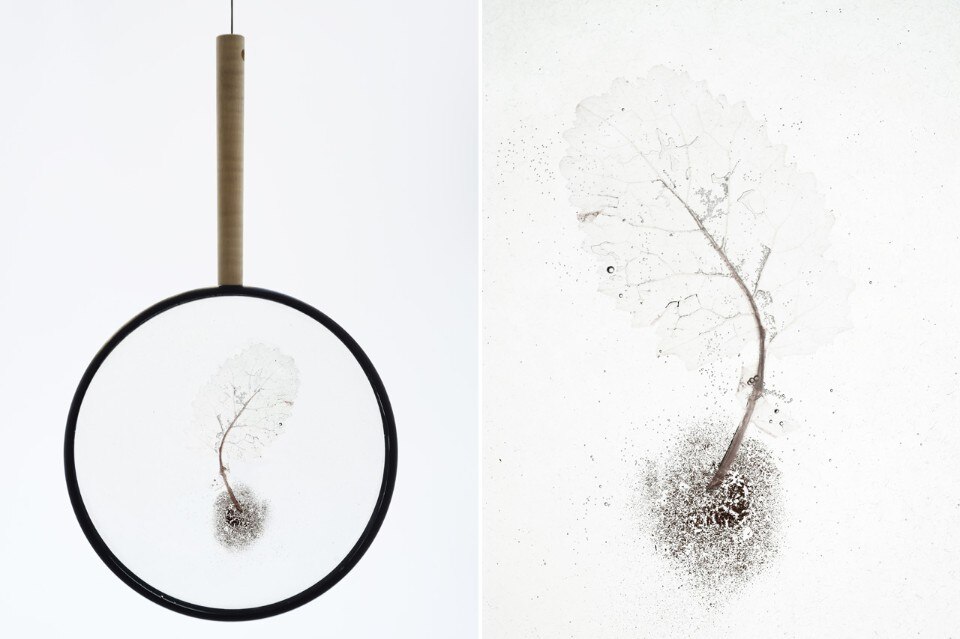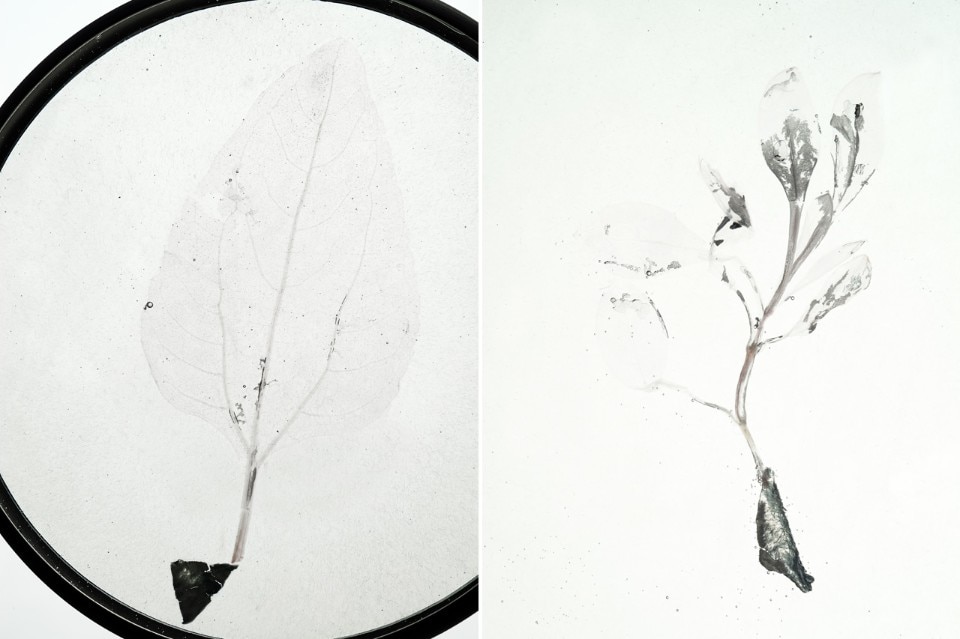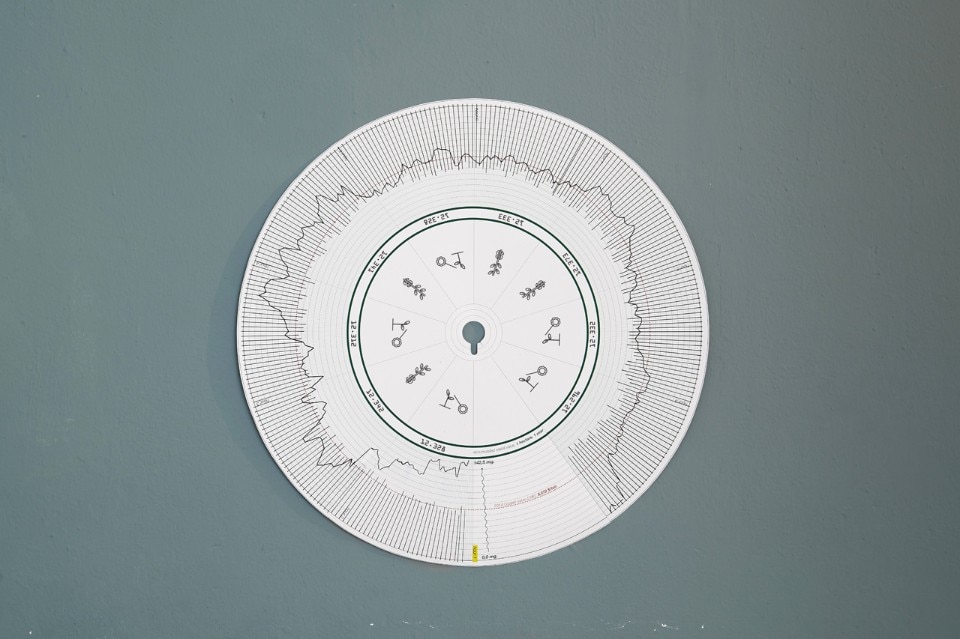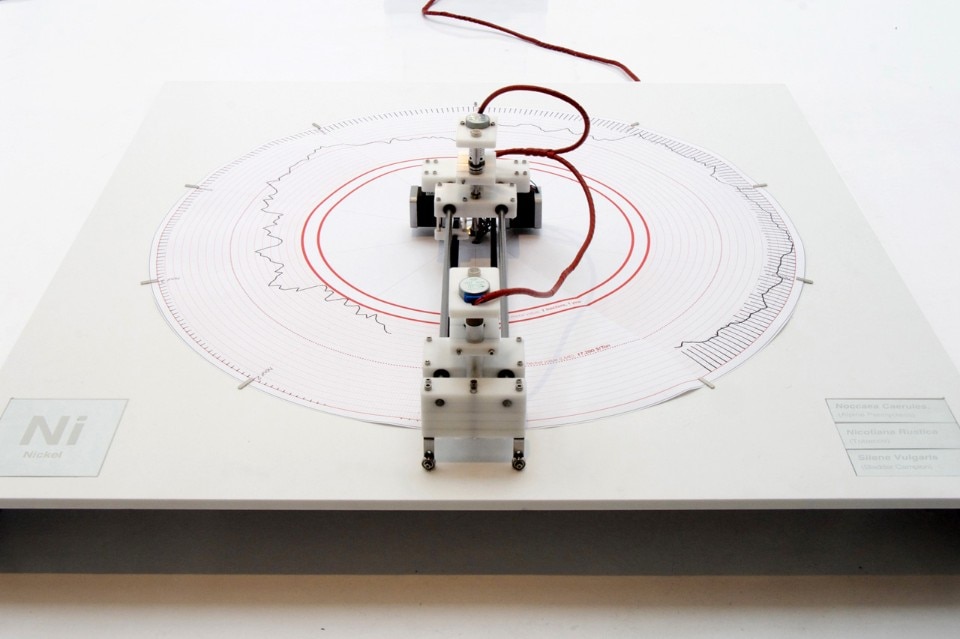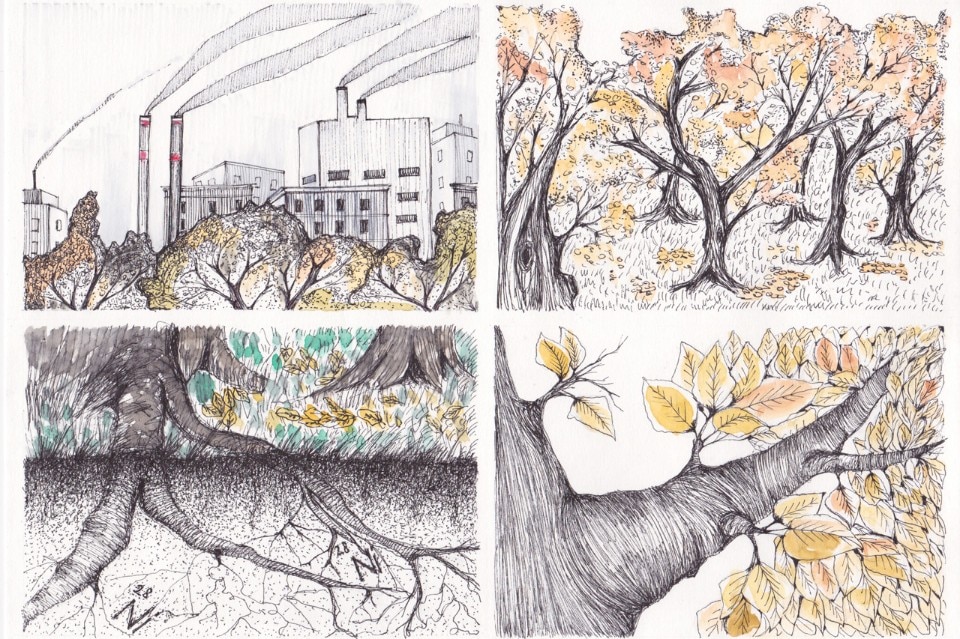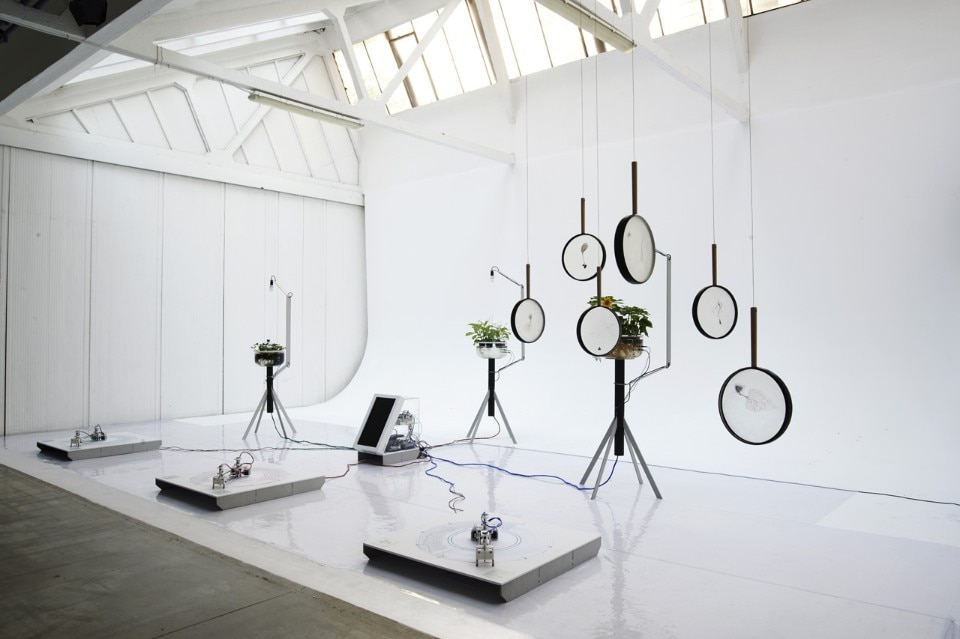
Cleaning up brownfields from heavy metals involves an extremely expensive process that can rarely be considered an efficient solution, especially from an economical viewpoint.
In this context, current studies on plant’s physiology are shading light onto interesting behaviour reported from certain plant species. Scientifically defined hyperaccumulators, certain plants species demonstrated to be greatly effective in extracting a variety of heavy metals from soil, such as nickel, zinc, copper, cadmium. Over time we might assist to the birth of new agricultural practices, contemplating the cultivation of hyperaccumulators to be used as “sponges” for contaminated lands. Plants such as Thlaspi caerulescens (Alpine Penny-cress), or the smaller Violacee Rhinorea, can purify soil from metals such as nickel, with a mining capacity of 200 kg per hectare per year.
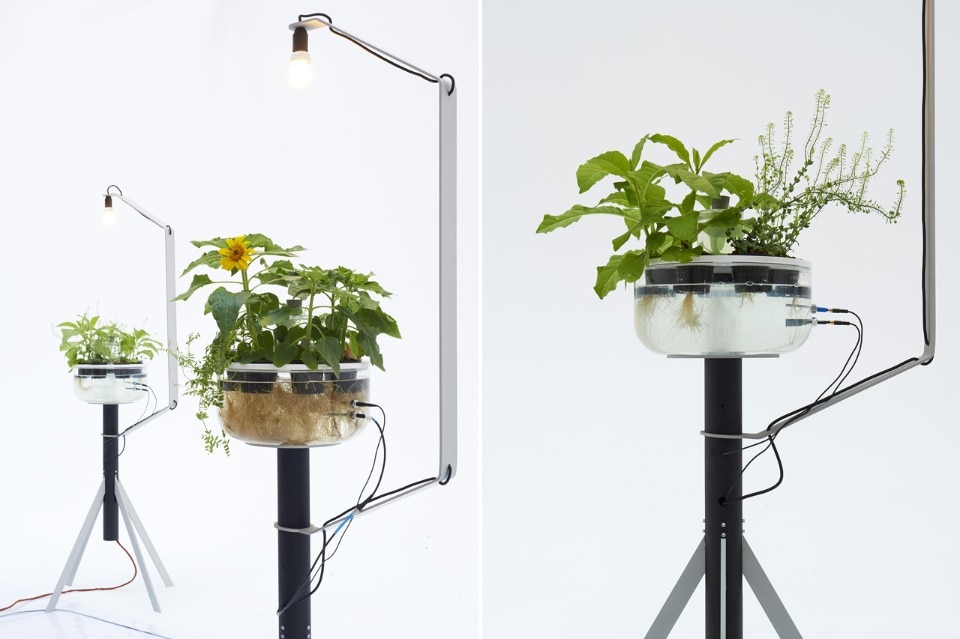
The installation uses the electrical outputs produced by a series of specially designed sensors (produced by C-CIT) as monitoring kit for the invested capital. The amount of metal extracted from plants is simultaneously crossed with the real-time value of the same metal in the financial market.
What emerges is an extraordinary representation of the financial value of the plants: in real time and for the first time, we are able not only to see how a plant can clean the soil, but also to imagine the economic future for this speculative agricoltural practise.
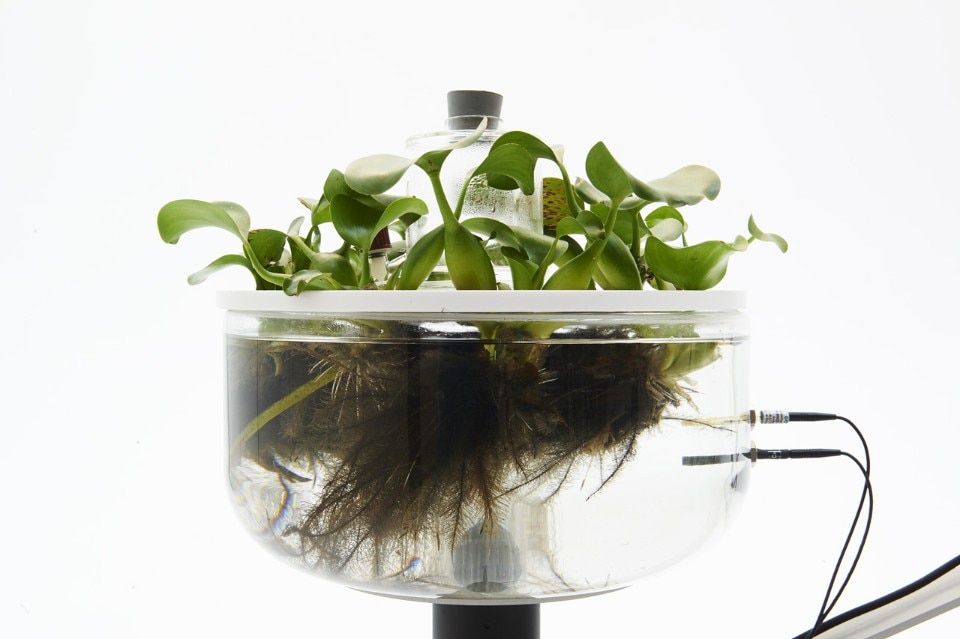
Geomerce
Design: Gionata Gatto and Giovanni Innella
Drawingsi: Alessia Cadamuro
Software Development: Eelke Feenstra
Video: Max Italiaander
Partners: WUR (Plant Sciences Group Wageningen), LINV (International Laboratory of Plant Neurobiology), Dipartimento di Bioscienze dell’Università di Parma, C-CIT
Founded by: Stimuleringsfonds Creatieve Industry, Dutch Embassy in Milan


